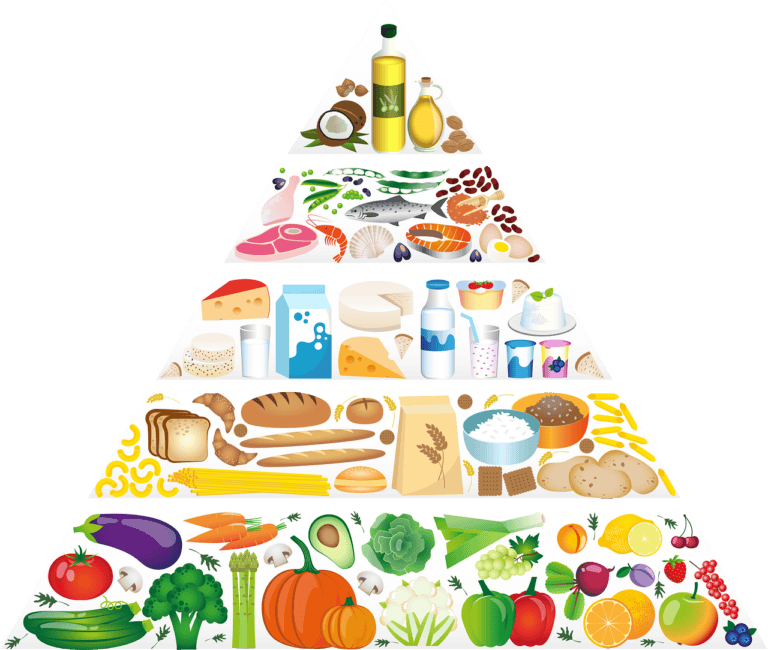Schools and doctors’ offices have long been suggesting the food pyramid as a guideline for healthy eating. However, those that look at this model for inspiration may be getting it totally wrong. In fact, you may not even realize that the classic food pyramid is no longer the set standard.
So what are health specialists currently recommending? Read on to find out.
The History of the Food Pyramid
The food pyramid was first invented by Dr. Luise Light in the early 80’s. But her model was later updated, and not necessarily in the healthiest way possible. Some key changes included:
- Fruits and Veggies: Fruits and veggies went from a recommended 5-9 servings a day to a mere 2-3 servings a day. However, this was later updated to 5-7 servings a day based on a recommendation from the National Cancer institute.
- Whole Grain and Cereals: Whole grain and cereals went from a recommended 3-4 servings per day to a whopping 6-11 servings per day.
- Low Nutrient Foods: Low nutrient foods including those high in sugar and fat and those made with flour were put at the top of our pyramid indicating these should be consumed in moderation.
The updated version also changed the wording of the dietary guidelines from ‘eat less’ to ‘avoid too much’ junk food which would make people less likely to limit the consumption of these unhealthy items.
Why Was the New Food Pyramid So Unhealthy?
The new food pyramid was unhealthy in that it suggested excessive servings of carbohydrates which break down as sugar that the body stores as fat. While some carbohydrates are necessary in the diet, 6-11 servings are excessive.
It also put fatty foods at the top of the pyramid indicating that they should be the least consumed food group in the diet. This made Americans fear fat, including healthy fats which are a significant source of energy. This fear was largely behind the wave of low-fat and nonfat products that came out in the 90’s.
The Food Pyramid Rebrands Again
The food pyramid went under another change In 2010, under the Obama administration. More accurately, it was entirely replaced with the MyPlate model which shows a plate half filled with fruits and vegetables (with vegetables representing a slightly larger portion) and half filled with grains and protein (with grains representing a slightly larger portion). There’s also a small cup representing dairy.
Although experts agree that the MyPlate model is a good representation of healthy eating, it lacks categorization. For example, it does not distinguish between refined grains and whole grains, nor does it hold guidelines for eating saturated or unsaturated fats. That being stated, it’s still a step in the right direction.
The food pyramid has gone through many changes over the years. Though it’s still not perfect, it is bringing us closer to reaching our nutritional goals. What would be your ideal food pyramid if you had your say?

